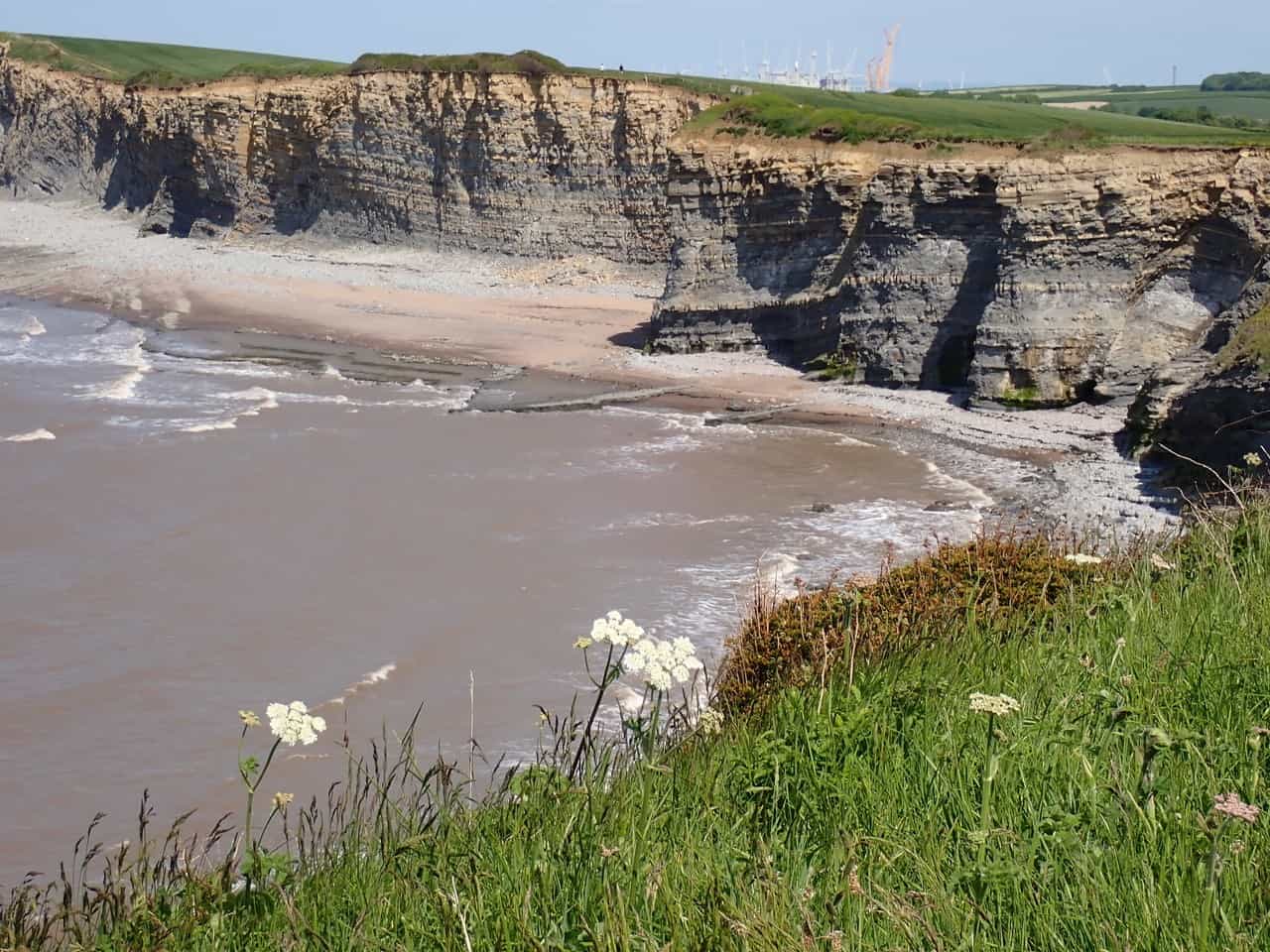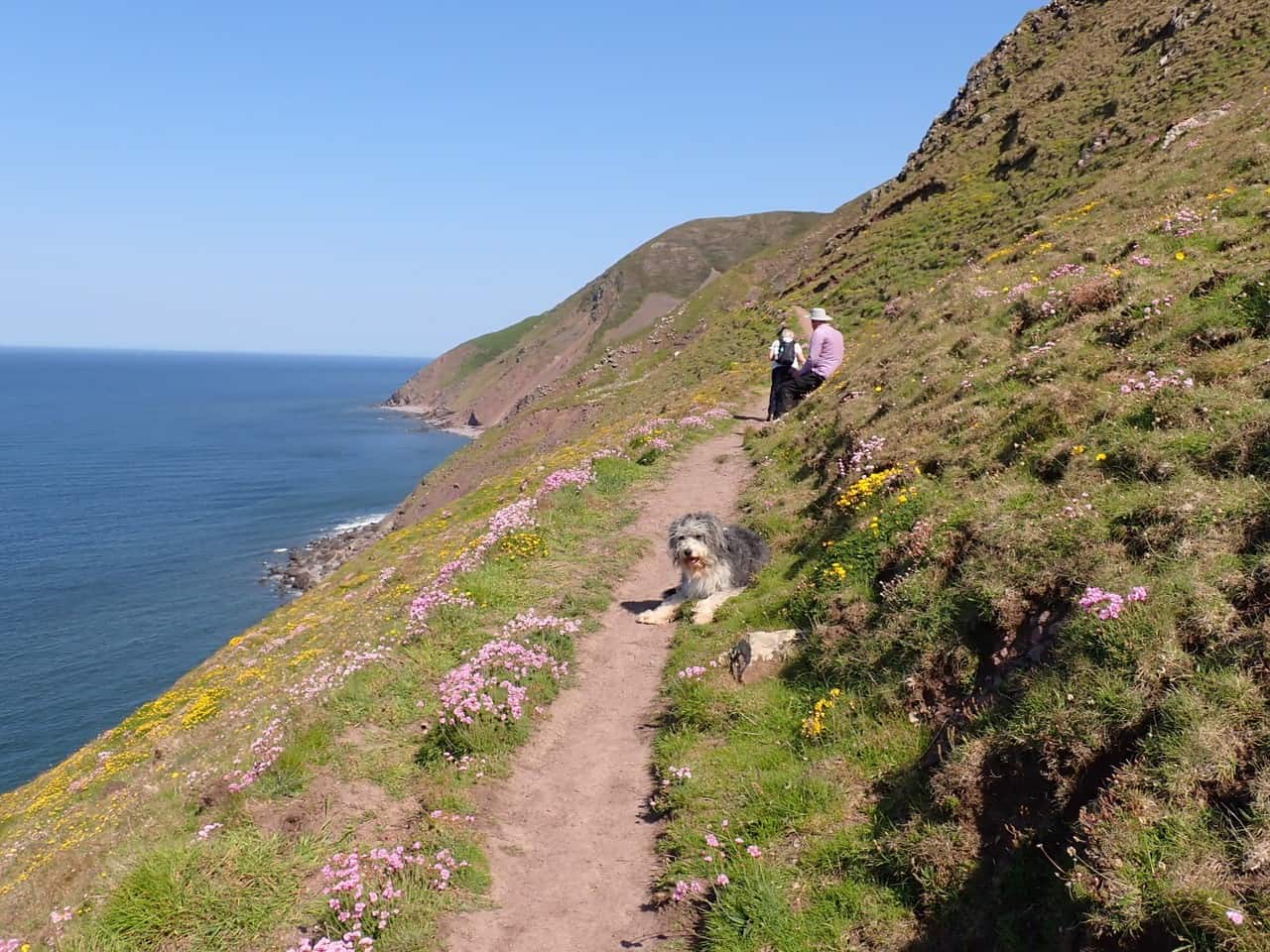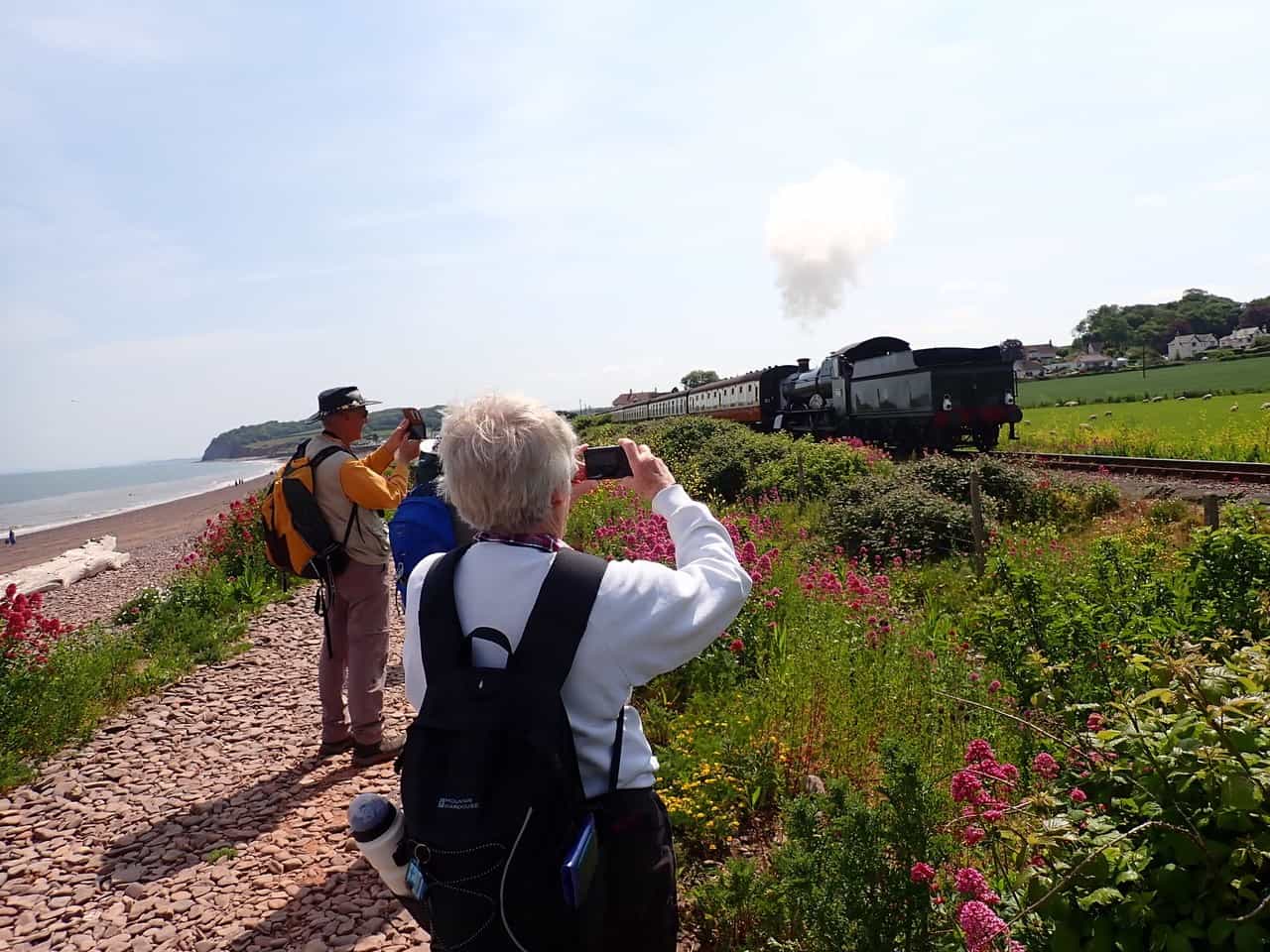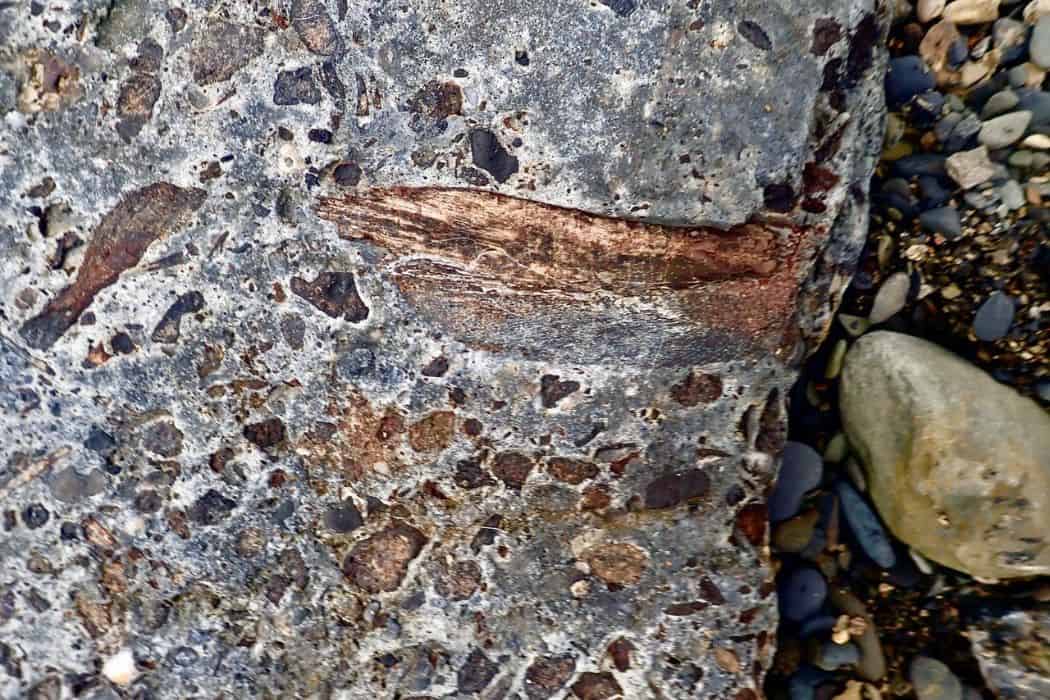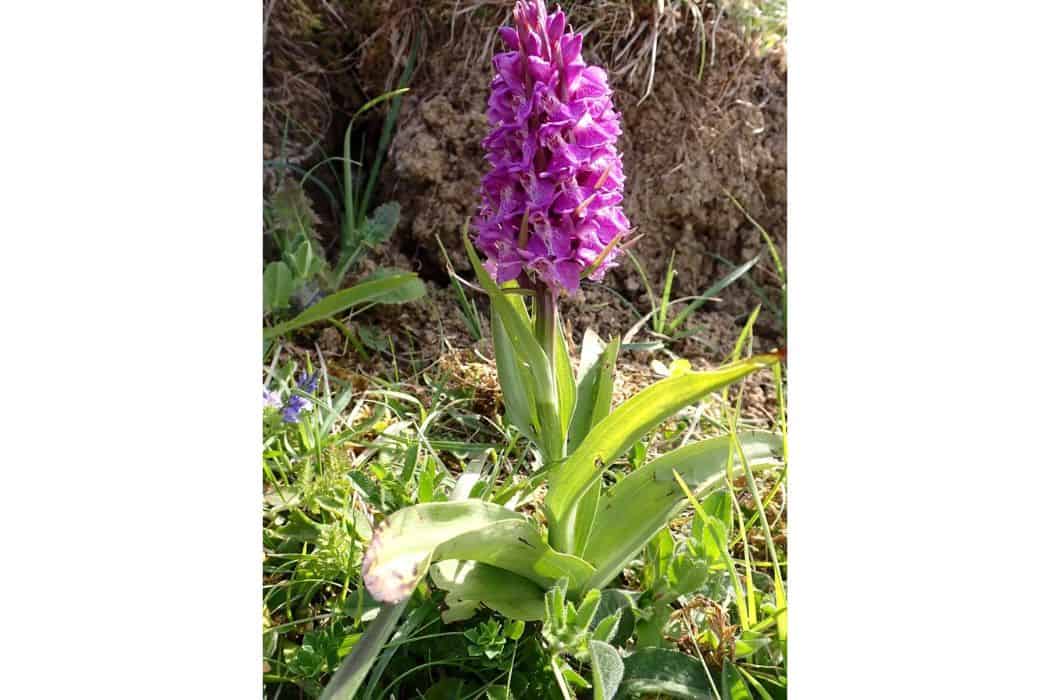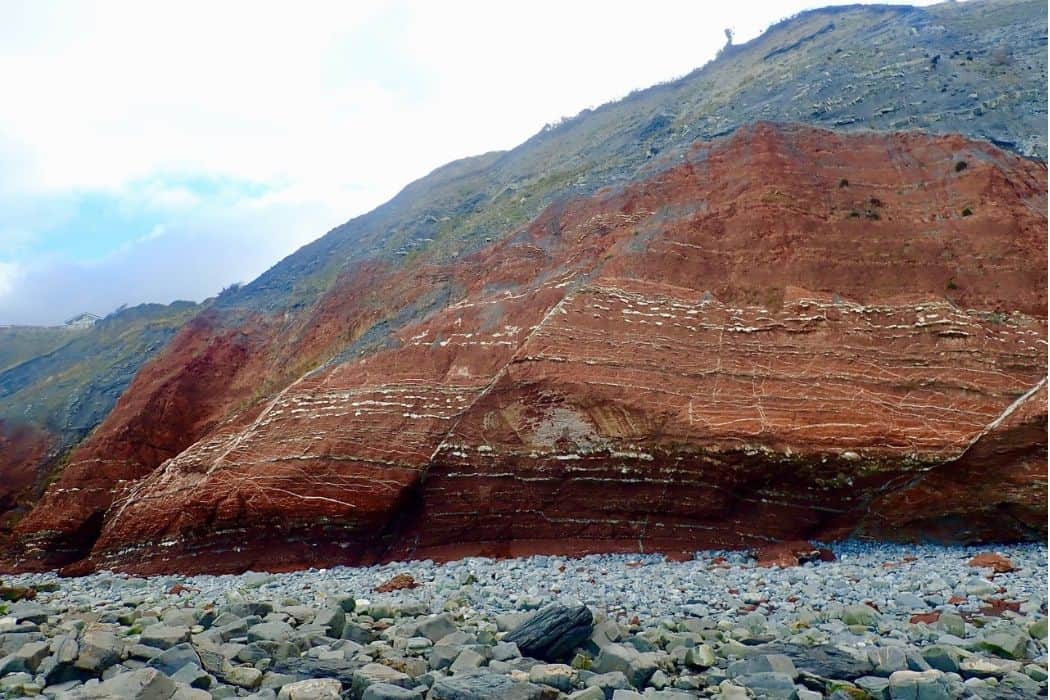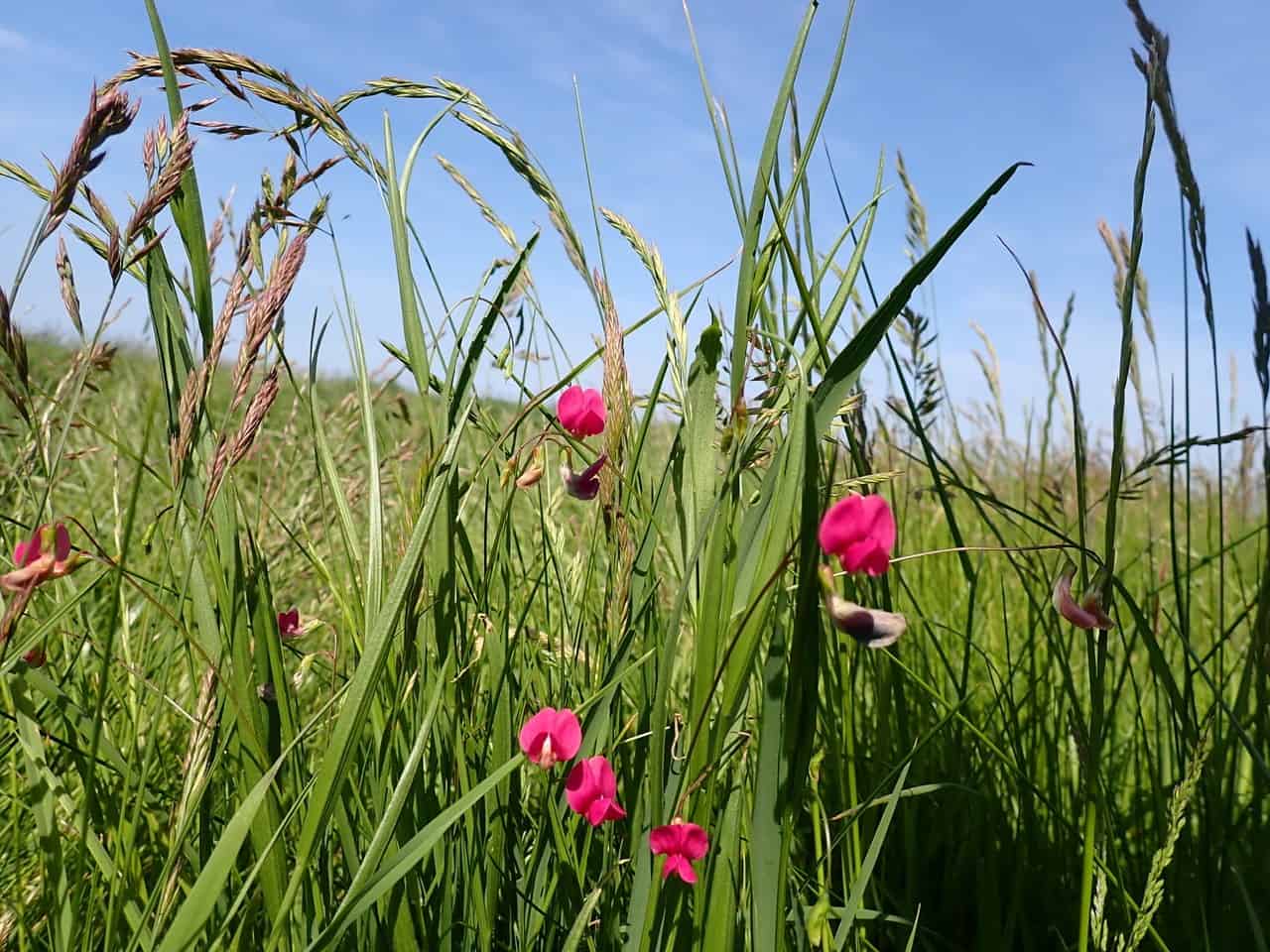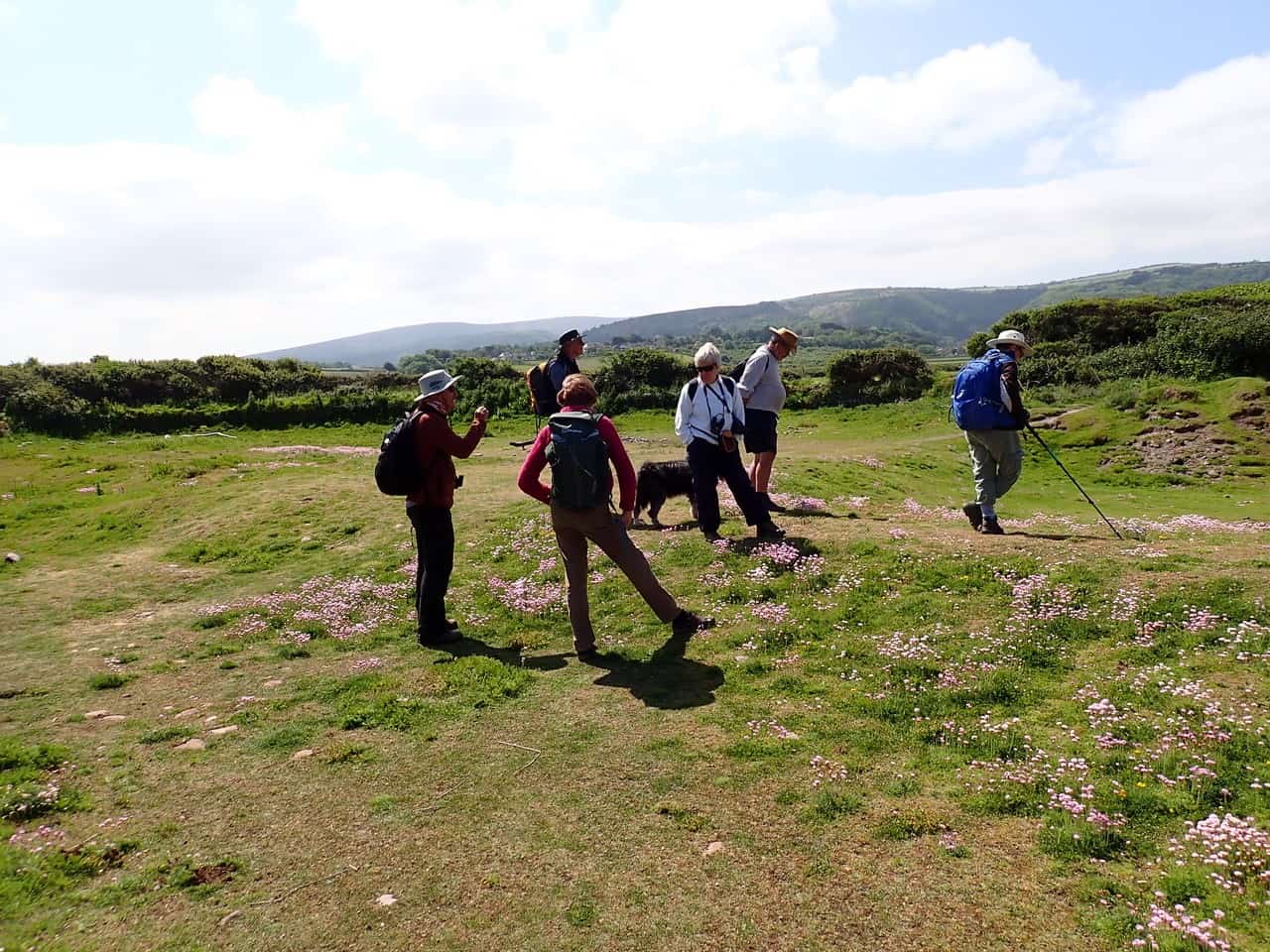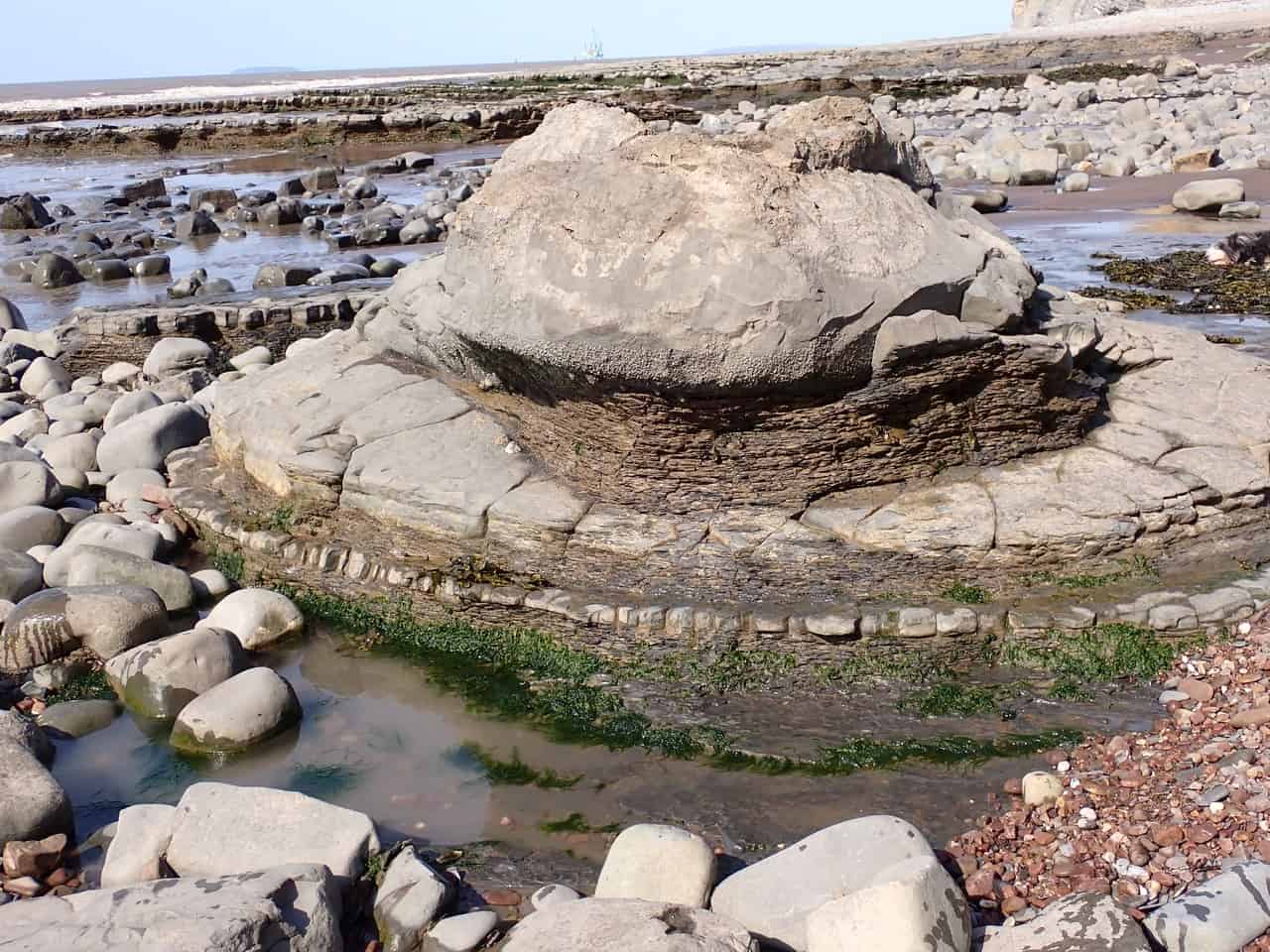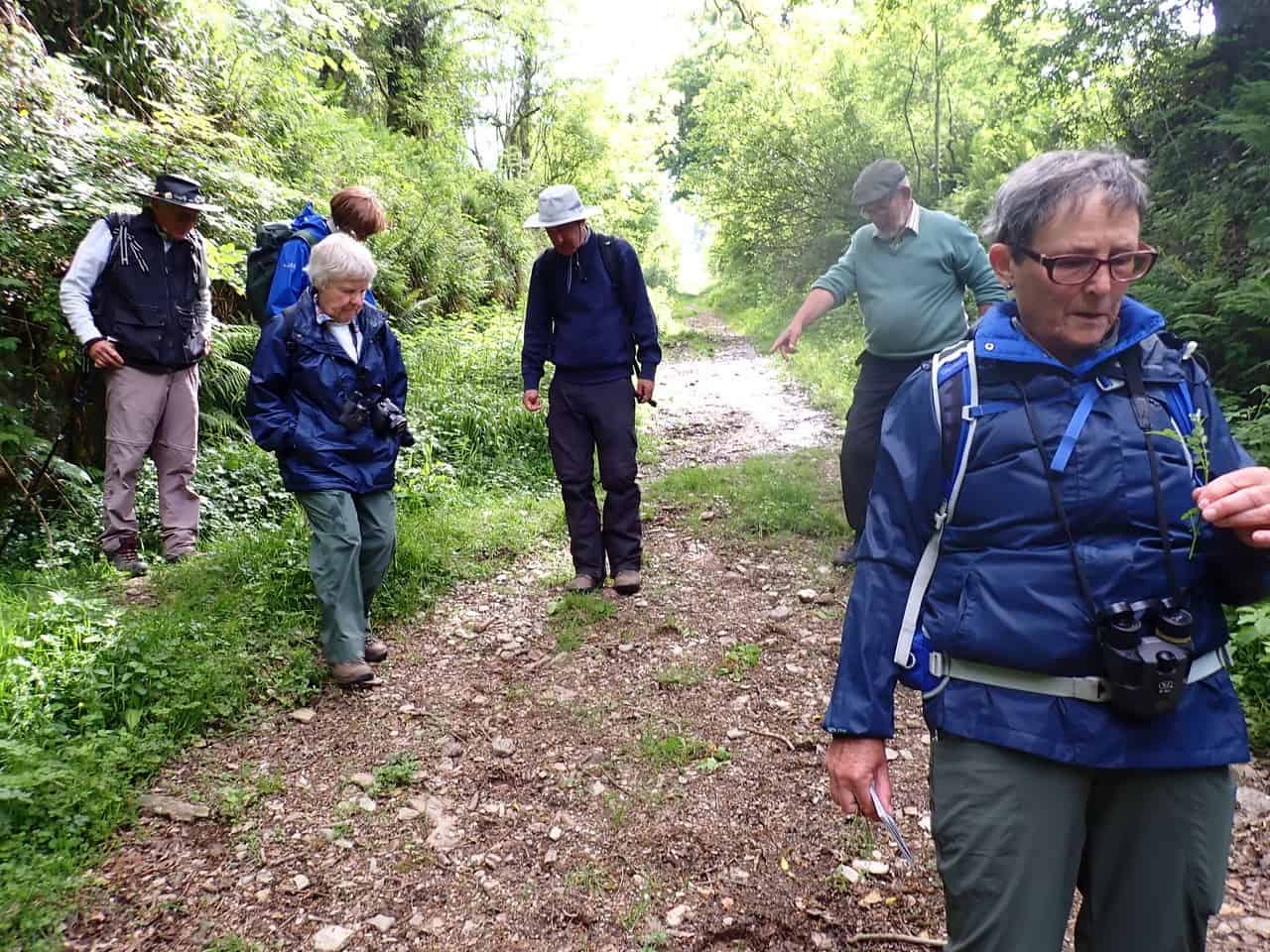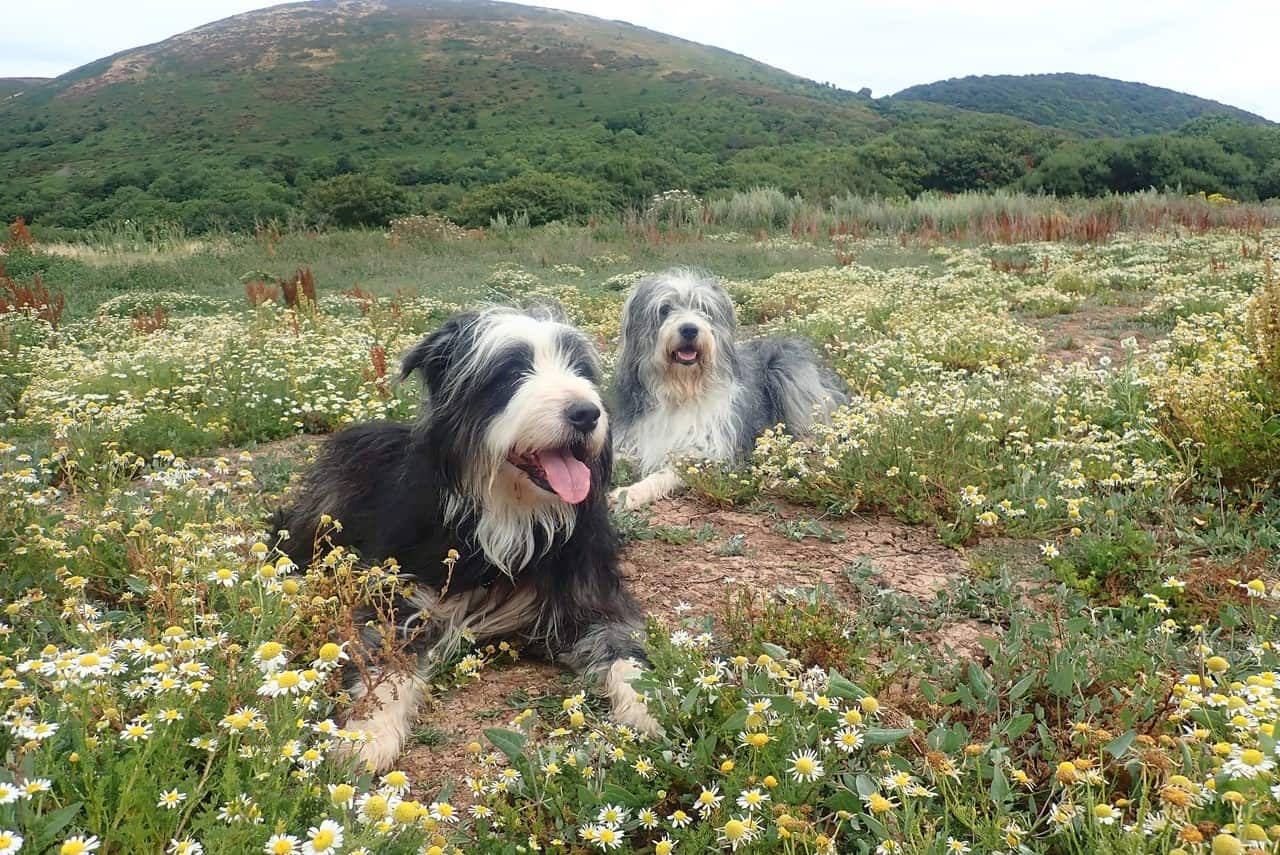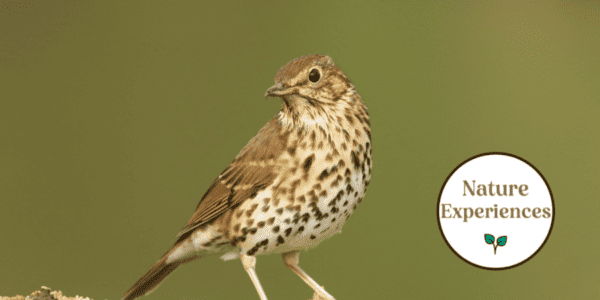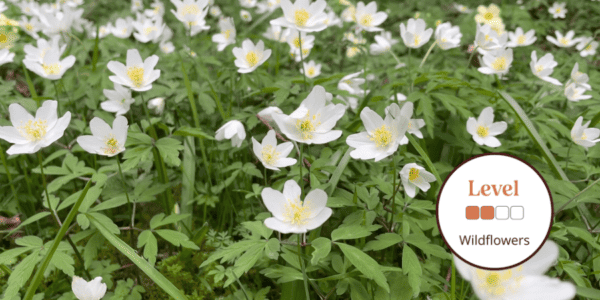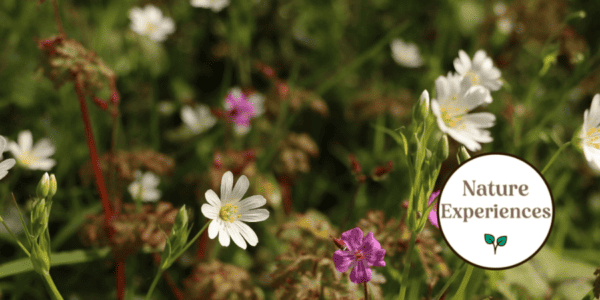This informal but detailed general interest course will cover Somerset’s botany, geology and marine biology – you will also at the same time explore and learn about the Iron Mineral railway history through the botany seen on the line.
Read More
Beginners through to the more knowledgeable are welcome, as are interested children over 14, accompanied by their guardian.
Teachers may find it useful to learn basic geological features – detail will be made plain. Those looking to go on to study any of the three disciplines will find the course stimulating, engaging and motivational.
Geology and botany will make up most of the time. Afternoon low tides will enable ample marine biology to be discovered. We explore the geology telling the story of the rising Tethys ocean that transgressed over the Triassic deserts to start the Jurassic period.
Botany will be done using English names learning the families with adequate Latin back up. You will discover, learn and hopefully ask about the many uses / notoriety of the several hundred species encountered – humour is often encountered ! We identified 330 species on the 2023 course! I would emphasise the Plant Families approach again which is the way I learnt. Marine biology will be encountered down low water where possible.
The striking headland, cliff, beach woodland and moor scenery reflects the geology and geomorphology – we learn how the plants relate to the rocks grown on how the sea has influenced and shaped the habitats encountered.
Fast moving local tides have the second highest range in the world after the “Bay of Fundy, Newfoundland – we take care ! There are also mud patches to avoid worth mentioning!
There will be a special chart to “Tell the story”. If time allows we may meet up after dinner or sometimes briefly next morning before departing for the day. Tides are excellent for beach visits but we may on occasion return a little later for supper.
If possible we will aim to run a moth trap each night and study its contents before departing for the day (weather permitting).
Here is a list of geology features likely to be encountered : Bedding plane, folding, anticline, syncline, overfold, joints, conjugate jointing, faulting, fault plane, fault throw, drag, breccia, slickensides, thrusting, ammonites, bivalve and brachiopods, crinoids, bone beds, bones, teeth, fish spines, sea urchin, coprolites, dip and strike, conglomerate, sandstone, shale, siltstone, mudstone, marls, dolerite, gypsum, anhydrite, dolomite, calcite crystals, pyrite, nodules, relay ramp, ripple marks, trace fossils, unconformity, extension, inversion, tufa, hydrocarbons.
Please note that there are two very friendly bearded collies on this course, most have found that they added to their enjoyment!
Review of the 2023 course:
“The real joy of this course was that everything in the natural world was of interest and Martin and his assistant were very knowledgeable. There was even the bonus of moth trapping and ID most days. There was a huge amount crammed in (as usual for FSC in my experience) but Martin didn’t rush us and I had a relaxing and stimulating week.
My accommodation was comfortable and good value and Nettlecombe is a wonderful building in a delightful setting. The staff were all cheerful and welcoming and nothing was too much trouble.”
Please note: This course is not part of the Biodiversity learning framework, this course is organised by Nettlecombe Court and the tutor.
About the Tutor
Martin Summers BSc.Geol Dip Ed. Martin is a geologist, naturalist and specialist teacher / ranger using the environment. He specialises in an informal but concise teaching style, stemming from learning much of his botany knowledge over 60 years ago as a child. He has been a geologist in Africa”
Formerly a keen marathon runner he achieved Welsh National Marathon champion in 1983, winning 5 out of 40 marathons run.
Martin has two very friendly bearded collies on this course.
He has been running the very popular A Field Study of the Geology, Botany and Marine Biology in South Devon for 21 years.
Keith Matthews ( Horsham Ranger) helps out on the course running the moth trap and monitoring cliff / beach safety. With these big tides and some mud patches we need to take care.
If you wish to contact Martin to talk about the course please feel free to email him on [email protected]
Example Timetable
Friday
Arrive 17:30
Evening
Introduction to the course after supper
Saturday: Watchet
Morning
After visiting the excellent Watchet museum first thing we explore West Watchet Beach on the lowering tide discovering the red Triassic and greyish Jurassic limestones. Expect some surprises too geologically. Alabaster gypsum is one, ammonites, shells and other fossils are present including reptiles. All the rocks, mineral and fossils combine to tell the story of the advancing seas and change from the Triassic to the Jurassic period. Faulting and folding are rife here - some superb structural geology. Marine biology will be minor but still feature.
Afternoon
We walk the Mineral railway track botanising - expect over 100 species as a baptism of fire! Excellent introduction to how the botany reflects the rock type when we take a minor detour at a level crossing - some fascinating woodland. We learn about the railway too of course.
Sunday - Blue Anchor Bay
Morning
We explore the beach and cliffs of Blue Anchor - The story in the rocks is well shown here in the cliffs - some great fossils to observe and find, including reptile, fish and other life indicative of changing times 200 million years ago. Marine again will be minor but will feature. There is a superb bone bed to get up close to and study marking the transition to the lower Jurassic seas.
Afternoon
We walk the coastal path along a fascinating shingle ridge botanising, recording what we see, including butterflies and moths.
Monday: Kilve
A day spent exploring the foreshore, beach, cliffs, limestone grasslands - and maybe the woods too if time. Expect to see orchids. Tides are excellent to discover the varied geology representing climate change - some large ammonites to discover. The Mud volcanoes are particularly fascinating with their associated fossil fauna. One can imagine what it would have been like on the then Lower Jurassic sea floor. Plenty of unusual rock pools to explore too for modern marine side.
Tuesday: Porlock Weir
Weather permitting, late afternoon low tides enable us to explore the Gore Point fish trap areas, learning how they worked. An interesting Saltmarsh will be encountered enroute to fish traps. Marine biology here under the boulders - Swimming carbs, Dog Whelks and Rockling present. A Lime Kiln features along a shore of striking Devonian sandstone beds beneath towering cliffs - highest in UK westwards.
Wednesday: St Audrie's Bay
A day spent exploring all aspects. Some uninterrupted stratigraphy makes for telling the "Rising sea” story effectively.
Thursday: Porlock
An all day visit to this unique bay to observe the Saltmarsh and see how it has changed quite recently. Lots of botany - we may go up to Hurlstone Point where there are great views over the bay plus some contrasting botany through a classic woodland. Some excellent Devonian folding can be seen in the headland and a disappearing stream add to this bay's unique nature.
Friday
Depart after breakfast.
Extra possible locations…..
We may fit in around time / tides / weather visits to additional locations such as East Watchet Beach and The Mineral Railway Incline Plane at Gupworthy.
Please note: We may have to pause briefly to get onto beaches if tides and onshore winds affect access. Sometimes tidal access might make us arrive back at suppertime or even a little after by arrangement.
What's Included
Before You Attend
You need to be reasonably fit too do the course. The rocky beach terrain is often rough with boulders, sand, gravel and sometimes mud which we will avoid. Away from the shore line walking is easier, but you still need stout footwear and competent clothing.
What to Bring
- Casual and some warm clothing
- Waterproofs and wellingtons
- Stout trainers / walking boots
- Floppy sun hat
- Lunch box, salad box and flask / drink bottle
- Note book, pencil, camera / binoculars
Please note: due to the layout of Nettlecombe Court there are a limited number of single and twin rooms available on this course. Please call the centre to discuss availability.
Recommended Reading
- Collins Flower Guide D. Streeter. ISBN 978- 0- 00- 718389- 0. - Our botanical tick list is based in order on this comprehensive book.
- The Geology of Watchet & its Neighbourhood, Somerset Eric Robinson. Geol Assoc Guide No 66 ISBN 978- 0900717 — Excellent Booklet, easy reading and all relevant to course
- The Geology of Somerset Peter Hardy. ISBN 0 -948578- 42- 4 - Good reading.
- The Minehead district- a concise account of the geology British Geological Survey. ISBN 0 - 11-884544- 6. More for geologists but some great detail .
- Lyme Bay fossils ! Beach guide. Nigel Clarke ISBN 9- 780907- 683407 Same fossil groups as Lyme Regis, Small booklet with diagrams makes fossil ID easier.
- The Old Mineral Line - R J Sellick - ISBN 978 - 0- 85704- 188- 3. Booklet
Opportunities to attend this course
-
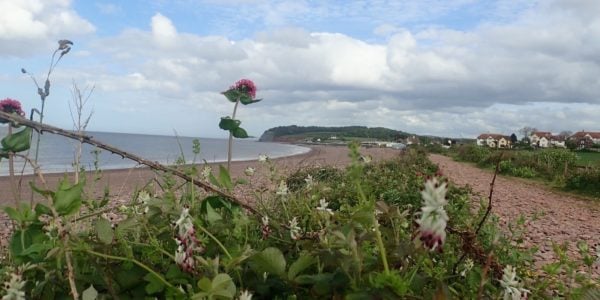
Fri 24, May 2024 17:30 - Fri 31, May 2024 09:00
This course is fully booked. Please see Martin's other course here: A Field Study of the Geology, Botany and Marine Biology in South Devon
Sorry this course is out of stock
Please contact Martin directly via [email protected] if you would like to find out about reserve places on this course, or learn more about all his courses.
Please see Martin's other popular opportunity A Field Study of the Geology, Botany and Marine Biology in South Devon which has been running for 21 years.

